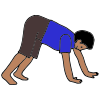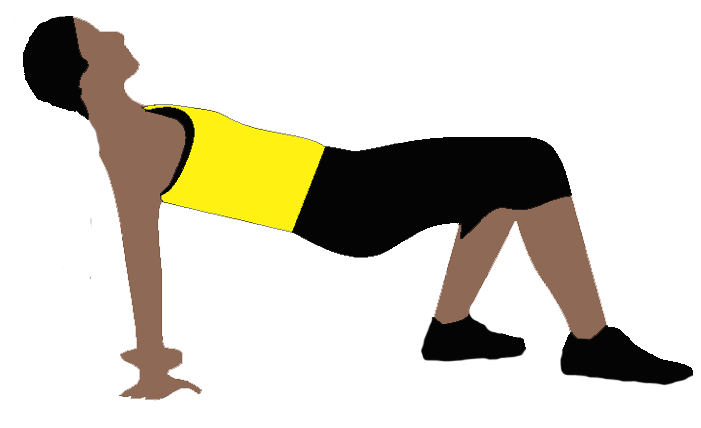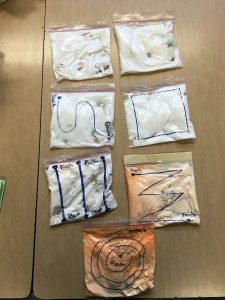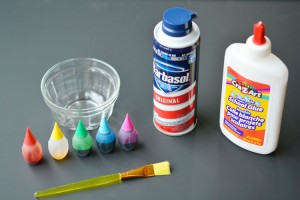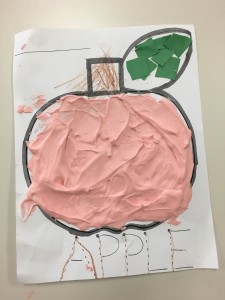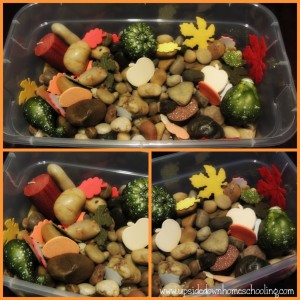As occupational therapists, we often work with students on self-feeding. The students we work with may have difficulties with sensory processing skills or oral motor skills that make feeding difficult.
In addition, we work closely with these students’ parents to ensure carry over of skills.
Here are some helpful tips when working on feeding with your child.
- Have your child help with meal preparation. This allows the child to experience sensory stimuli such as touch, smell, taste, and sight. If the child gains more awareness of the ingredients, they may be more likely to try the food.
- Meals should last no longer than 20-30 minutes. When a child has difficulty with feeding, we want to make sure that we are not pushing them too much. If we push too much, the child may resent mealtime. We want to make sure mealtimes are fun and productive.
- When having dinner, parents should offer the child at least one preferred food item. This will encourage and motivate the child to eat more.
- Parents should offer non-preferred foods EVERY OTHER DAY. We do not want to burn the child out. We want to make sure that they are still excited and invested in the feeding process.
- If a child gets upset during feed, stop the meal all together and revisit the food about 30-60 minutes later. This rule of thumb will give the child some time to reset before trying feeding again.
- The child should decide how much to eat. If the child requests to stop eating, then we should listen. As an adult, if we were full but had someone tell us to keep eating, we would not be too happy. We need to keep the child’s requests in mind.
- If the parent wants the child to eat more (maybe due to weight concerns) then the parent should suggest eating more only 2-3 times. After trying to encourage them to eat the third time, we should stop the feeding process.
One of the biggest tips I can give to parents is to make feeding time FUN! Allow your child to explore his/her food by playing in it. In addition, we should keep feeding time social by talking and interacting with the child throughout the whole process.
Working on feeding with a child can be overwhelming and at times, stressful. However, we need to remind ourselves that self-feeding is not an over-night fix. As long as we are patient and determined, the child WILL make progress.


